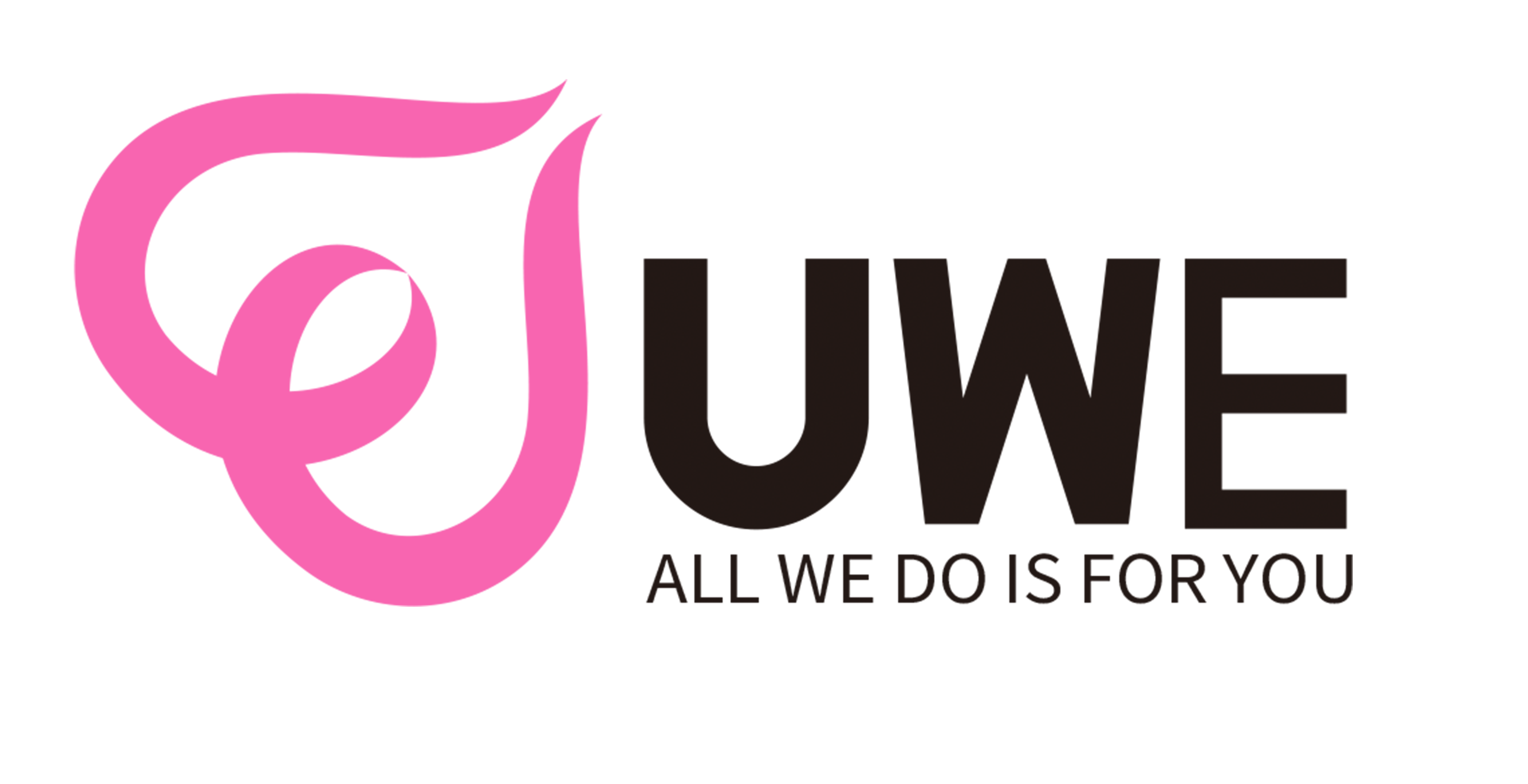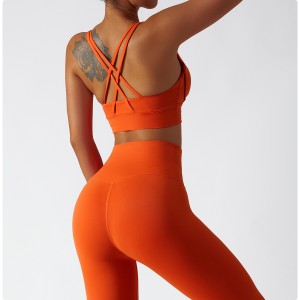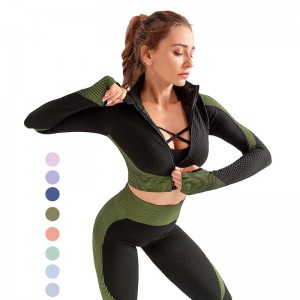Stretching in yoga is crucial, whether you're a fitness enthusiast who exercises regularly or an office worker sitting for long hours. However, achieving precise and scientific stretching can be challenging for yoga beginners. Therefore, we highly recommend 18 high-definition anatomical yoga illustrations that clearly show the targeted stretch areas for each pose, making it easy for beginners to master.
Note: Focus on your breathing during practice! As long as you perform slow and gentle stretches, there should be no pain. It's recommended to hold each yoga pose for 10 to 30 seconds to allow your body to fully stretch and relax.
This exercise mainly targets the sternocleidomastoid and upper trapezius muscles. First, sit up straight and then tilt your head to the left, bringing your left ear as close to your left shoulder as possible. Repeat the exercise in the opposite direction to work the right side muscles.
Hero Forward Bend
This exercise targets the broad back and chest muscles—latissimus dorsi and pectoralis major. Stand facing the wall, push the wall with your right hand, and slowly move your body away from the wall, feeling the stretch and tension in your back and chest. Then, switch sides and repeat the exercise.
Seated Wide-Angle Pose
This exercise primarily targets the adductor muscles and hamstrings. Sit on the floor with your legs extended and spread as wide as possible, keeping your knees straight. Then, lean your body forward and reach your hands along your legs, feeling the stretch in your adductors and hamstrings.
Side Shoulder Stretch
This exercise mainly works the lateral deltoid muscles. While standing, extend your arms straight and gently press to increase the stretch sensation in the muscles. Then, switch to the other arm and repeat the exercise to ensure both lateral deltoid muscles are worked.
Standing Neck Stretch
This pose focuses on working the external oblique muscles. While standing, place one hand in front of the standing leg for balance, keeping your back straight. Then, raise the opposite arm and open your hips forward, effectively stretching and working the external oblique muscles. For more precise guidance, it's recommended to keep a collection of scientific anatomical yoga illustrations for easy reference.
If you are interested in us, please contact us
Post time: Jul-29-2024


















